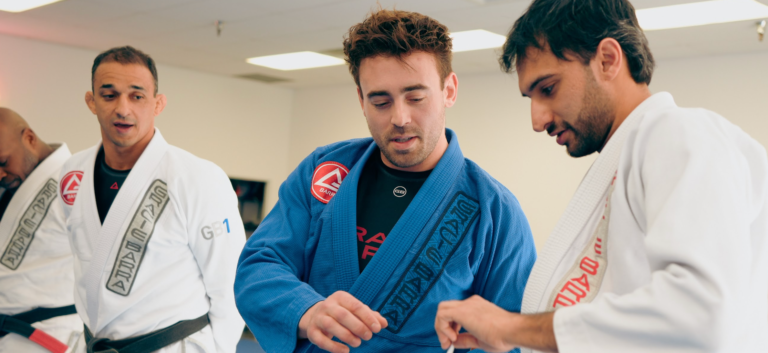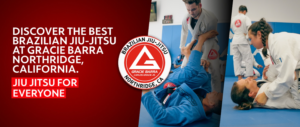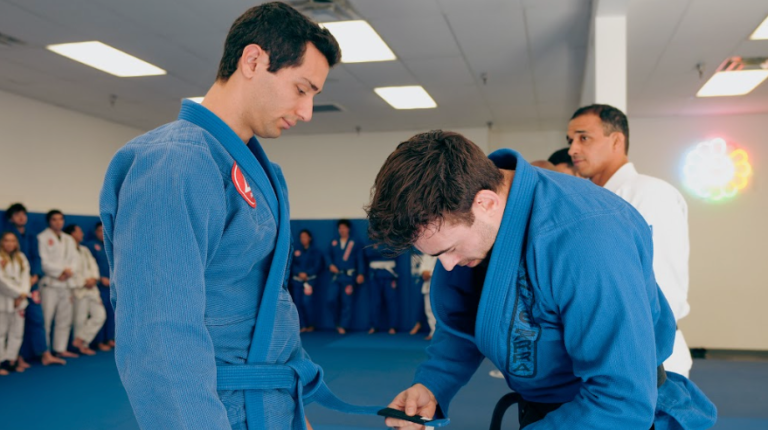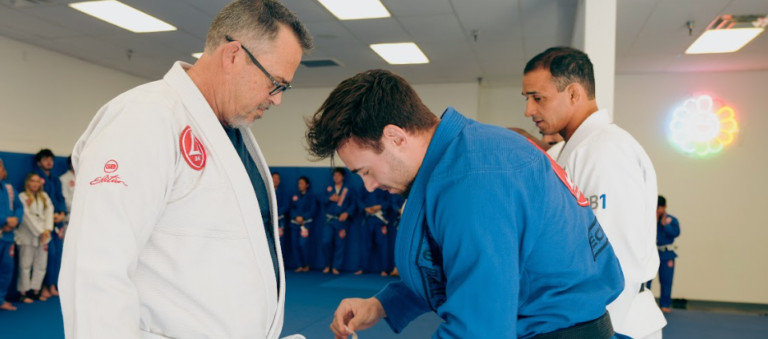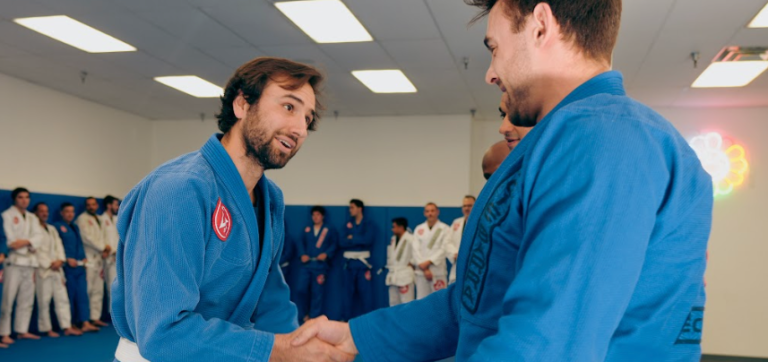Understanding Competition-Level Leg Locks and Submission Defense
Leg Locks have become a dominant and highly specialized force in modern submission grappling and No-Gi BJJ. They are a set of submissions that attack the joints of the leg, primarily the ankle, knee, and hip. The most common leg locks are the heel hook, the straight ankle lock, the toe hold, and the knee bar.
Competition-Level training means the focus is on a systematic approach to these submissions, designed for the high-stakes, rule-specific environment of modern grappling tournaments like ADCC and the Craig Jones Invitational. It goes beyond simply applying a submission to encompass the entire “game” of attacking and defending the legs.
Submission Defense in this context refers to the comprehensive strategies and techniques used to counter and escape from these attacks once you are entangled. It is a critical skill set that every serious grappler must possess.
- Core Concepts and Curriculum
An advanced BJJ program focused on leg locks and submission defense will go beyond simple, mechanical movements to teach a deeper, more conceptual understanding of the position.
Curriculum Focus
Leg Entanglements: A deep dive into the various positions from which leg locks are attacked. Mastering these positions is the first step. This includes:
Ashi Garami (Single Leg X-Guard): A foundational entanglement.
Inside Ashi / Cross Ashi: Key positions for attacking the heel hook.
Outside Ashi: A different angle for attacking the legs.
50/50 Guard: A complex entanglement where both partners have a leg lock threat.
Attacks: The mechanics of the submissions themselves. The focus is on precision, timing, and creating a “game flow” where one attack leads to another. This includes:
Heel Hooks: The most powerful and dangerous leg lock, which attacks the knee joint by rotating the heel.
Straight Ankle Locks: A highly effective submission that attacks the ankle and foot.
Toe Holds and Knee Bars: Other powerful submissions that attack the knee and ankle joints.
Defense and Escapes: A crucial part of the curriculum. Students learn how to:
Identify the Threat: Recognize when an opponent is setting up a leg lock.
Prevent the Entanglement: Learn to pass the guard before the leg lock is even set.
Escape the Position: Drills and techniques to escape from the entanglement once you are caught.
Defend the Submission: Learn how to “hide” your heel or relieve the pressure on your knee to prevent the submission from being applied.
Training Methodology
Expert Instruction: The curriculum is often taught by a coach who has either competed at the highest levels or coached top-level athletes. John Danaher is renowned for his systematic, conceptual approach to teaching, having coached many of the top leg lock specialists in the world, including Craig Jones and Gordon Ryan.
Systematic Drilling: Participants will pair up and perform a series of repetitive drills to ingrain the movements into muscle memory. The drills are often taught as “chains,” where one escape leads to a submission, and one submission leads to another.
Positional Sparring: A significant portion of the class is dedicated to positional sparring. You and a partner will start from a specific position (e.g., in an Ashi Garami entanglement), and you will work for a set amount of time to achieve a specific goal, such as escaping, submitting, or transitioning to a more dominant position.
Live Rolling: The class culminates in live rolling, where students can apply all the techniques and strategies they’ve learned against a fully resisting opponent. This is where you test your skills under pressure and find the areas you need to improve.
- Why This Training is Crucial for Advanced Grapplers
Staying Current with Competitive Trends: Leg locks have become a dominant force in modern submission grappling. Attending a seminar or a gym with a strong leg lock program is essential for staying up-to-date with the latest entries, attacks, and defenses.
Improving Overall Submission Defense: The concepts and principles learned in a leg lock seminar often transfer to other areas of your submission defense game, making you a more resilient and difficult opponent to submit.
Adding a New Dimension to Your Game: For a traditional BJJ practitioner, adding a strong leg lock game can be a “great equalizer,” allowing you to attack opponents from unexpected positions and create dilemmas that open up opportunities for other submissions.
- Finding a Seminar or Training
Online Instructionals: Platforms like Digitsu and BJJ Fanatics offer comprehensive instructional videos from top coaches like Eddie Cummings, John Danaher, and Gordon Ryan. These online courses provide a systematic, chapter-by-chapter breakdown of leg lock systems and defenses.
Local Academies: Many BJJ and grappling gyms may host seminars with top coaches. The best way to find out about these is to follow local gyms on social media or subscribe to their newsletters.
Understanding Competition-Level Leg Locks and Submission Defense
Route
Gracie Barra Northridge Brazilian Jiu-Jitsu & Self Defense
Phone: +1 818-357-4074Secondary phone: +1 818-357-4074
Email: info@gbnorthridge.com
URL: https://gbnorthridge.com/
| Monday | 12:00 PM - 9:00 PM |
| Tuesday | 12:00 PM - 9:00 PM |
| Wednesday | 12:00 PM - 9:00 PM |
| Thursday | 12:00 PM - 9:00 PM |
| Friday | 12:00 PM - 7:00 PM |
| Saturday | 9:00 AM - 2:00 PM |
| Sunday | Closed |
